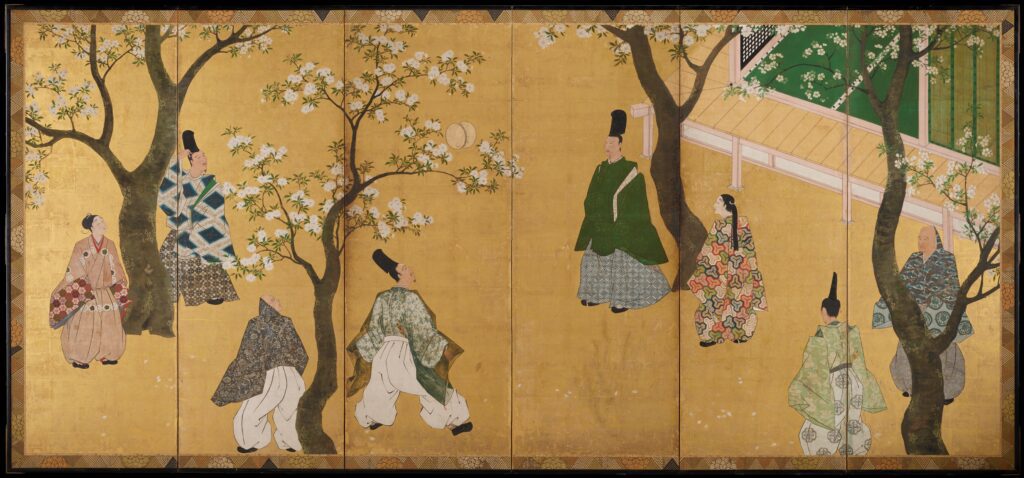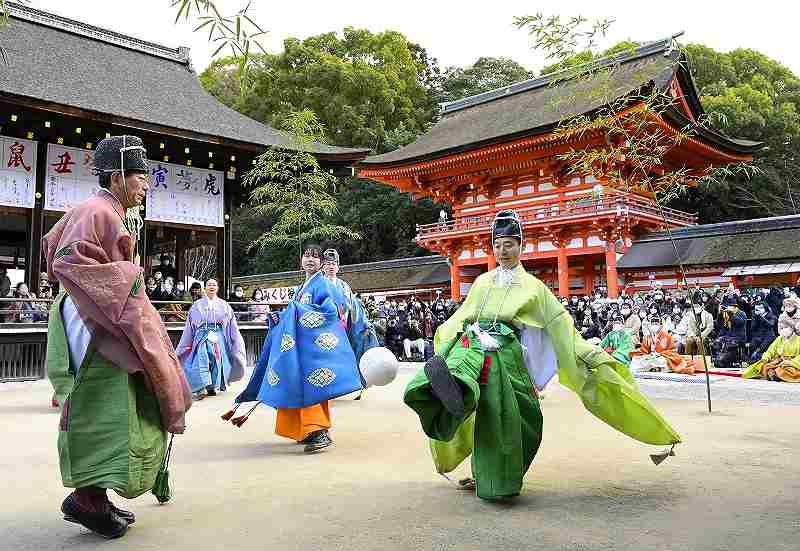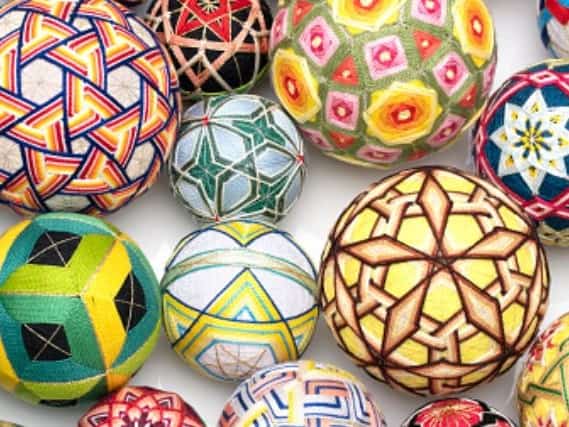Konnichiwa! One particular sport that has captured my interest is Kemari. Originating from ancient Japan, Kemari is a unique and graceful game that has stood the test of time. In this blog post, we will explore the history of Kemari, its rules, and its relevance in contemporary society. I can’t help but think Kemari is the original hacky sack, but you make your own judgement!
Kemari is a traditional Japanese sport where players form a circle and use their feet to keep a small ball made of deerskin in the air, emphasizing grace, teamwork, and respect.
A Journey into the Past
The History of Kemari To truly understand Kemari, we must take a step back in time and explore its historical origins. Kemari is believed to have originated in Japan, the land of the rising sun, during the Asuka period (538-710 AD) and flourished during the Heian period (794-1185 AD). It was a game enjoyed by aristocrats and nobles in the imperial court.
Courtly Origins
A Game of Elegance and Skill During this period, Kemari was not just a game but a display of grace, skill, and refinement. It was played as a form of entertainment at formal gatherings and ceremonies. The aristocrats valued the aesthetics of movement and sought to showcase their physical and mental prowess through the art of Kemari. You can visit a Kemari court at the Imperial Palace in Kyoto.

Symbolic Significance
A Reflection of Japanese Culture Kemari was not merely a recreational activity but also carried symbolic significance. It represented harmony, cooperation, and social hierarchy within Japanese society. The game emphasized the importance of teamwork, respect, and proper etiquette, which were highly valued in the hierarchical structure of the imperial court.

How is Kemari Played?
Now that we have explored the historical context of Kemari, let’s dive into the game itself and understand its unique mechanics.
The Equipment: Kemari requires minimal equipment. Players use a small ball made of deerskin, filled with barley or sawdust to give it a soft texture. The ball, known as a Mari, is typically around 15 centimeters in diameter. The players wear traditional Japanese garments, such as kimono, to enhance the elegance and authenticity of the game.
The Gameplay: The objective of Kemari is to keep the ball aloft and prevent it from touching the ground. Unlike modern sports where victory is determined by scoring goals or points, Kemari focuses on maintaining a continuous flow of kicks and passes. The players form a circle and pass the ball to each other using only their feet. The emphasis lies on maintaining the ball’s momentum and showcasing precise footwork.
The Spirit of Kemari: Kemari embodies the Japanese philosophy of unity and mutual respect. Players must work in harmony, anticipating each other’s movements, and coordinating their kicks to ensure the ball remains in the air. The game’s essence lies in the display of elegance, respect for tradition, and the pursuit of collective success.
Kemari Today
A Tradition Kept Alive In today’s fast-paced world, traditional sports like Kemari have struggled to maintain their popularity. However, efforts have been made to preserve and promote this ancient Japanese sport.
Revival and Recognition: In recent years, Kemari has experienced a revival, with enthusiasts organizing events, workshops, and exhibitions to share the beauty and significance of the game with a wider audience. The Japanese government has also recognized Kemari as an important intangible cultural asset, further contributing to its preservation.
Global Recognition: Kemari’s unique nature and historical significance have captured the attention of international communities. The sport has gained popularity beyond Japan, with enthusiasts from different countries organizing Kemari gatherings, tournaments, and demonstrations. This global interest showcases the cross-cultural appeal and enduring charm of Kemari.
A Living Tradition: While Kemari may not be as widely played as modern sports, it continues to thrive through the efforts of dedicated practitioners and organizations. Masters of Kemari, known as “Kemari-shi,” diligently pass down their knowledge and skills to younger generations, ensuring that the legacy of Kemari endures.
Summary
What is Kemari? It is more than just a game; it is a testament to the rich history and cultural heritage of Japan. Through its graceful movements, Kemari encapsulates the values of elegance, respect, and harmony. Although the game has evolved over time, it still holds relevance in contemporary society. Kemari’s revival and global recognition reflect its enduring appeal and serve as a reminder of the importance of preserving and celebrating traditional sports for future generations to appreciate. So, let us embrace the beauty of Kemari and cherish this remarkable cultural treasure.

